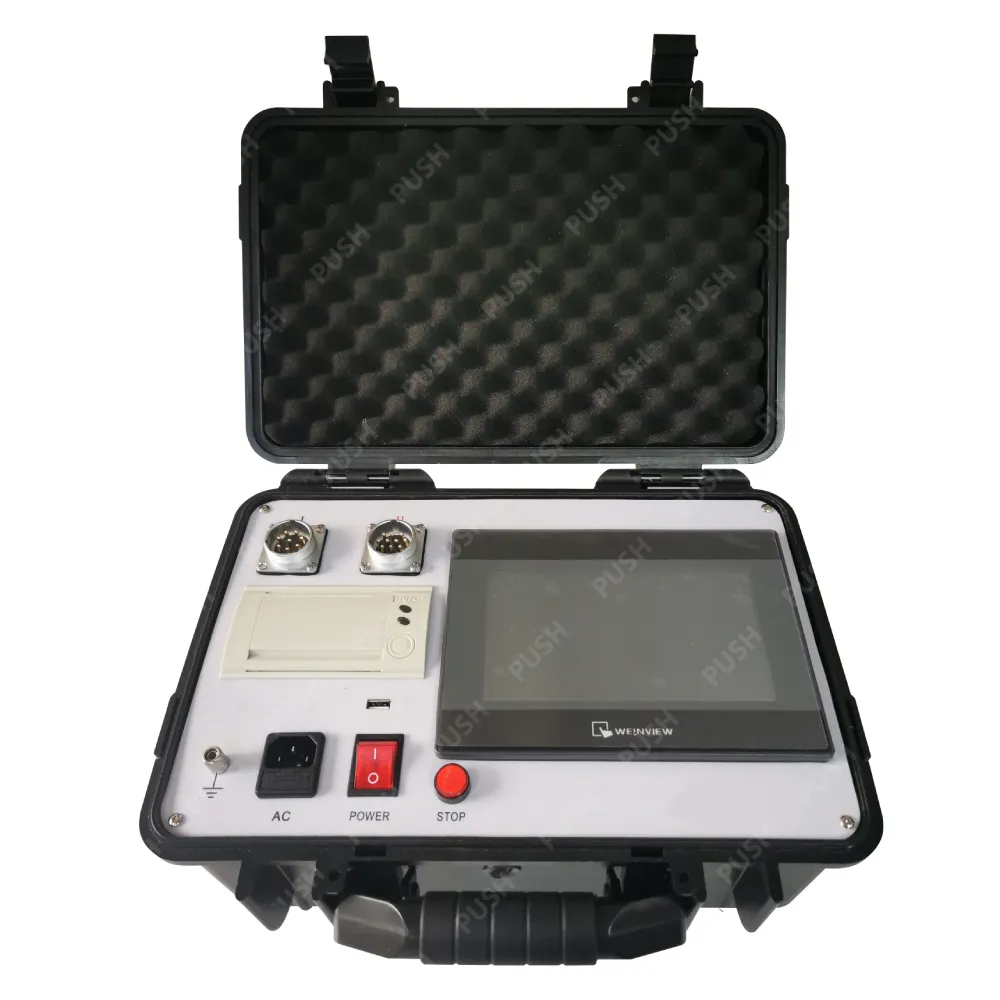 English
English


Comprehensive Analysis of Dielectric Testing Procedures and Standards for Electrical Transformers
Dielectric Test on Transformers Importance and Methodology
Transformers are vital components in electrical power systems, playing a crucial role in the transmission and distribution of electricity. To ensure their longevity and reliable operation, regular maintenance and testing are paramount. One key aspect of transformer maintenance is the dielectric test, which assesses the insulating properties of transformer materials. This article explores the importance of dielectric testing and outlines the methodology involved.
Importance of Dielectric Testing
Dielectric testing is essential for several reasons. Firstly, transformers operate under high voltages, making insulation integrity crucial for safety and performance. Insulation materials degrade over time due to various factors such as thermal aging, moisture ingress, and electrical stress. A compromised insulation system can lead to insulation failure, potentially causing catastrophic equipment damage, outages, or even safety hazards.
Secondly, dielectric tests help identify potential problems before they escalate. By measuring the dielectric strength of the insulation, utilities can predict the remaining life of the transformer and schedule maintenance activities accordingly. Identifying weaknesses early allows for preventative measures, extending the equipment’s operational life and reducing unplanned downtime.
Lastly, dielectric testing is often required for compliance with industry standards and regulations. Organizations such as the International Electrotechnical Commission (IEC) provide guidelines for testing methods and acceptable limits for transformer insulation properties. Compliance ensures that transformers meet safety and reliability standards, protecting both personnel and equipment.
Methodology of Dielectric Testing
dielectric test on transformer

The dielectric test can be conducted using several methods, with two of the most common being the insulation resistance test and the power factor test.
1. Insulation Resistance Test (IRT) The insulation resistance test is a straightforward procedure where a megohmmeter is used to measure the resistance of the insulation system. The test involves applying a high DC voltage (typically 500 to 5000 V) to the transformer windings while measuring the resistance over time. A higher resistance value indicates better insulation quality.
It is crucial to perform the test under specific environmental conditions, typically at room temperature and relative humidity below 70%. The results are compared against the manufacturer's specifications and historical data to assess insulation condition.
2. Power Factor Test The power factor test measures the efficiency of insulation under AC voltage conditions. This test provides insights into the capacitive and resistive components of the insulation system. A low power factor indicates healthy insulation, while an increase in power factor may signal degradation, especially when compared to previous results.
During the test, a voltage is applied to the transformer, and the resulting current is measured. The relationship between the applied voltage and resulting current helps in calculating the power factor. This test is often performed at different voltage levels to assess the insulation’s behavior under various operating conditions.
Conclusion
In conclusion, dielectric testing is a critical component of transformer maintenance that ensures the safe and efficient operation of power systems. By regularly assessing the insulation properties, utilities can identify potential issues early, extend the lifespan of equipment, and adhere to industry standards. The insulation resistance test and power factor test are fundamental methodologies that provide valuable insights into the condition of transformer insulation. As the global energy demand continues to rise, the importance of reliable transformer operation underscores the need for diligent maintenance practices such as dielectric testing.
-
Differences between open cup flash point tester and closed cup flash point testerNewsOct.31,2024
-
The Reliable Load Tap ChangerNewsOct.23,2024
-
The Essential Guide to Hipot TestersNewsOct.23,2024
-
The Digital Insulation TesterNewsOct.23,2024
-
The Best Earth Loop Impedance Tester for SaleNewsOct.23,2024
-
Tan Delta Tester--The Essential Tool for Electrical Insulation TestingNewsOct.23,2024





